Subscribe to our ▶️ YouTube channel 🔴 for the latest videos, updates, and tips.
5th Grade Quadrilaterals
Quadrilaterals are known as four sided polygon.
What is a quadrilateral?
A closed figure made of our line segments is called a quadrilateral.
For example:
1.
The adjoining figure is called a quadrilateral ABCD or BCDA or CDAB or DABC.
2.
The adjoining figure is called a quadrilateral MNOP or NOPM or OPMN or PMNO.
We already familiar with different quadrilaterals such as square, rectangle, parallelogram, Rhombus, etc. Let us recall them.
Square:
A square is a quadrilateral having all its sides equal and all its angles right angle.
AB = BC = CD = AD and
∠A = ∠B = ∠C = ∠D = 90°
Rectangle:
A rectangle is a quadrilateral having its opposite sides equal and all its angles right angle.
AB = CD, AD = BC and
∠A = ∠B = ∠C = ∠D = 90°
Parallelogram:
A quadrilateral having its opposite sides and opposite angles equal and opposite sides parallel is a parallelogram.
AB = CD, AD = BC and
∠A = ∠C, ∠B = ∠D
AB and DC are parallel and AD and BC are parallel.
Rhombus:
A quadrilateral with all its sides equal, opposite sides parallel and opposite angles equal
AB = BC = CD = AD,
AB and CD are parallel,
AD and BC are parallel and
∠A = ∠C, ∠B = ∠D
Trapezium:
It is a quadrilateral with its one pair of opposite sides parallel.
AB and CD are parallel.
When a trapezium has one pair of opposite sides parallel, another pair of opposite sides equal and angles opposite to equal sides equal, it is called isosceles trapezium.
AB and CD are parallel.
AC = BD
∠A = ∠B and ∠C = ∠D
Diagonal of a Quadrilateral:
The line segment that divides a quadrilateral into two triangles, is known as the diagonal.
We can observe that AC divides the quadrilateral ABCD into triangles ACD and ABC. Similarly, BD divides the quadrilateral ABCD into triangles ABD and BDC. So, AC and BD are diagonals.
Remember: Any line segment, except its sides, which joins two vertices of a polygon called a diagonal.
Construction of Perpendicular Lines by using a Protractor.
Sum of Angles of a Quadrilateral.
Practice Test on Quadrilaterals.
5th Grade Geometry Page
5th Grade Math Problems
From 5th Grade Quadrilaterals to HOME PAGE
Didn't find what you were looking for? Or want to know more information about Math Only Math. Use this Google Search to find what you need.
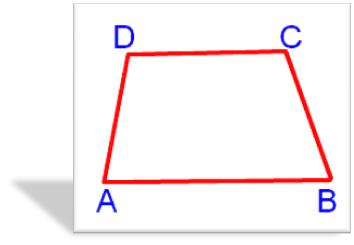
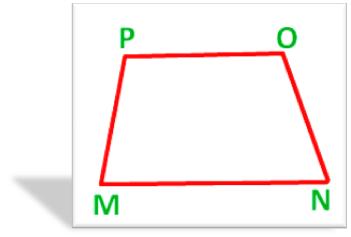
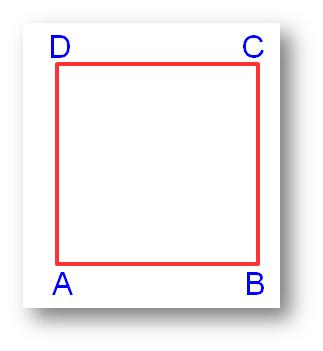
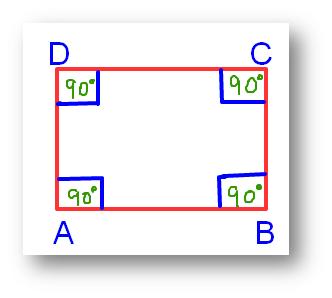
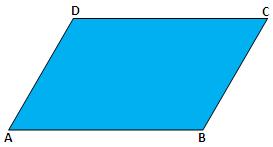
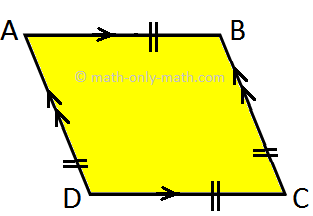
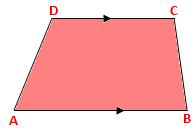
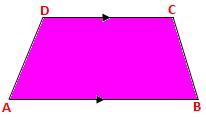
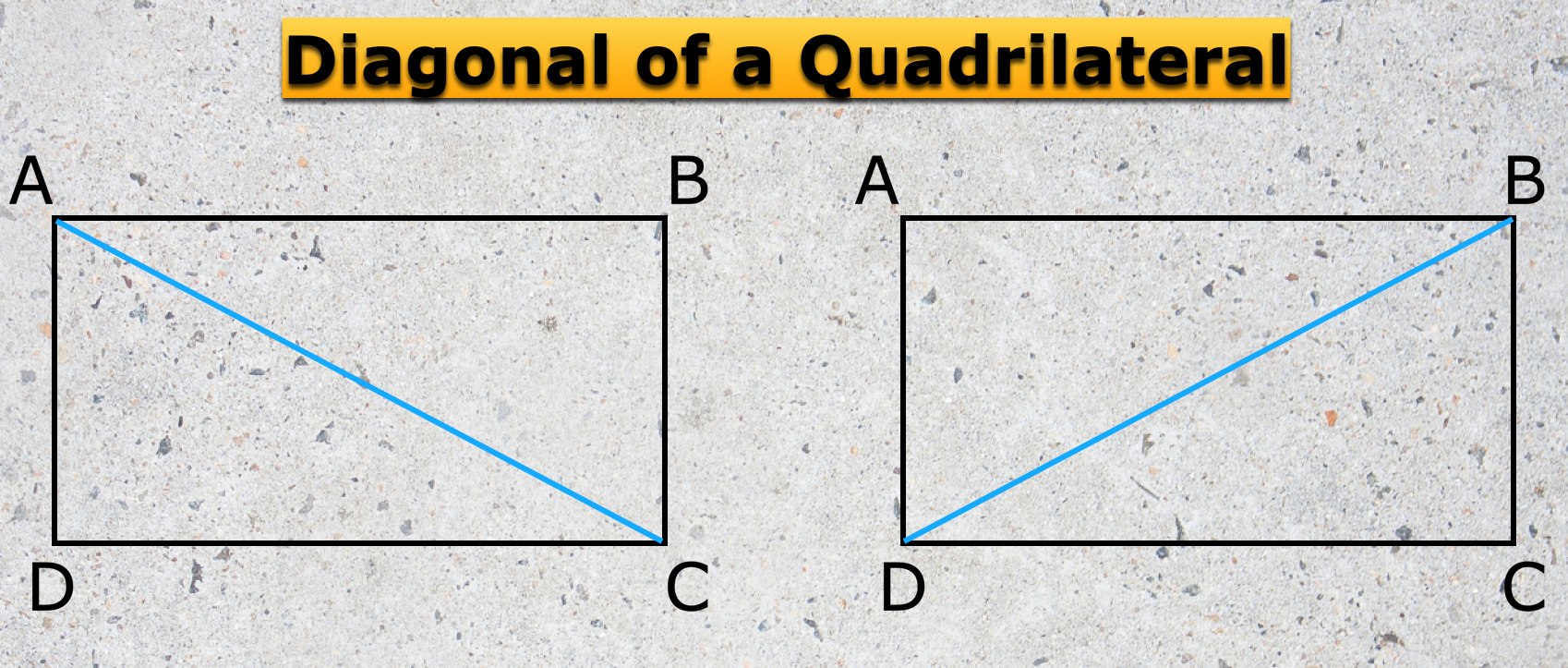


New! Comments
Have your say about what you just read! Leave me a comment in the box below. Ask a Question or Answer a Question.